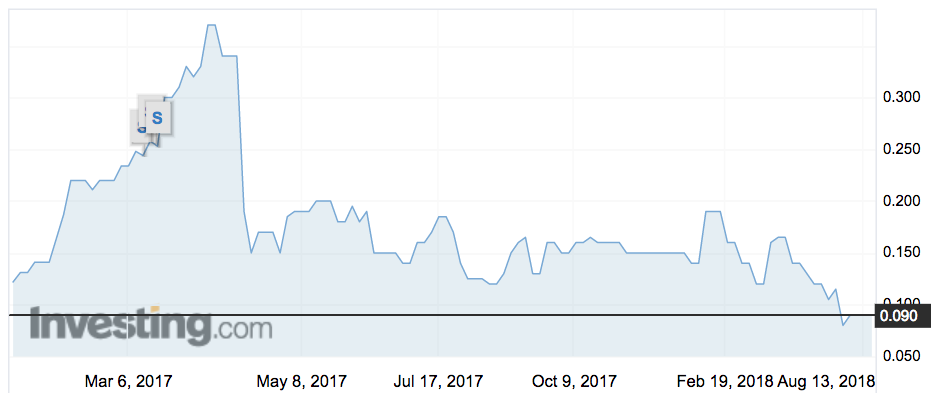Allegra swings to loss as it works on implanting kangaroo tendons in humans

Allegra Orthopaedics has swung from profit to loss as it invests in efforts to use kangaroo tendons to fix dodgy human knees.
Allegra reckons kangaroo tendon is three times stronger and two times stiffer than the human tendon — and would make a great “off-the-shelf” solution to fix things like torn anterior and posterior cruciate ligaments.
Allegra (ASX:AMT) has spent the past year investing in a project to make the kangaroo-derived ligaments that would be pinned in place with a synthetic bone material they call Sr-HT-Gahnite.
They hope the project could be the ultimate ‘Buy Australian’ health project — although it’s still a few years away from hitting the market.
“This project could have the ability to disrupt the billion-dollar orthopaedic ligament-replacement market with new and uniquely Australian bone and ligament materials,” Allegra said its just-released annual report.
But the efforts have been expensive.
Investment in the innovation division was responsible for most of an EBITDA earnings loss of $247,450.
The latest results show revenue was down 5.1 per cent to $4.7 million and profit fell to a $604,000 loss compared to a $500,000 profit the previous year.
Cash holdings were down 13 per cent to $1.6 million. The shares were flat today at 9c.

The orthopaedics division is paying for the kangaroo-synthetic bone adventure (along with some government and private sector grants).
It delivered all of the revenue and some of the EBITDA earnings loss.
Allegra also said the government reduced its payments for prothesis rebates on private health insurance by 7.5 per cent in February and another 3 per cent in March, and that hurt as it directly affected product sales of hip and knee implants.
They signed a deal with German based Waldemar LINK to distribute their implants in Australia however, and received a grant for its interbody cervical spinal cage device — another innovation division idea.
- Subscribe to our daily newsletter
- Bookmark this link for small cap news
- Join our small cap Facebook group
- Follow us on Facebook or Twitter
UNLOCK INSIGHTS
Discover the untold stories of emerging ASX stocks.
Daily news and expert analysis, it's free to subscribe.
By proceeding, you confirm you understand that we handle personal information in accordance with our Privacy Policy.








